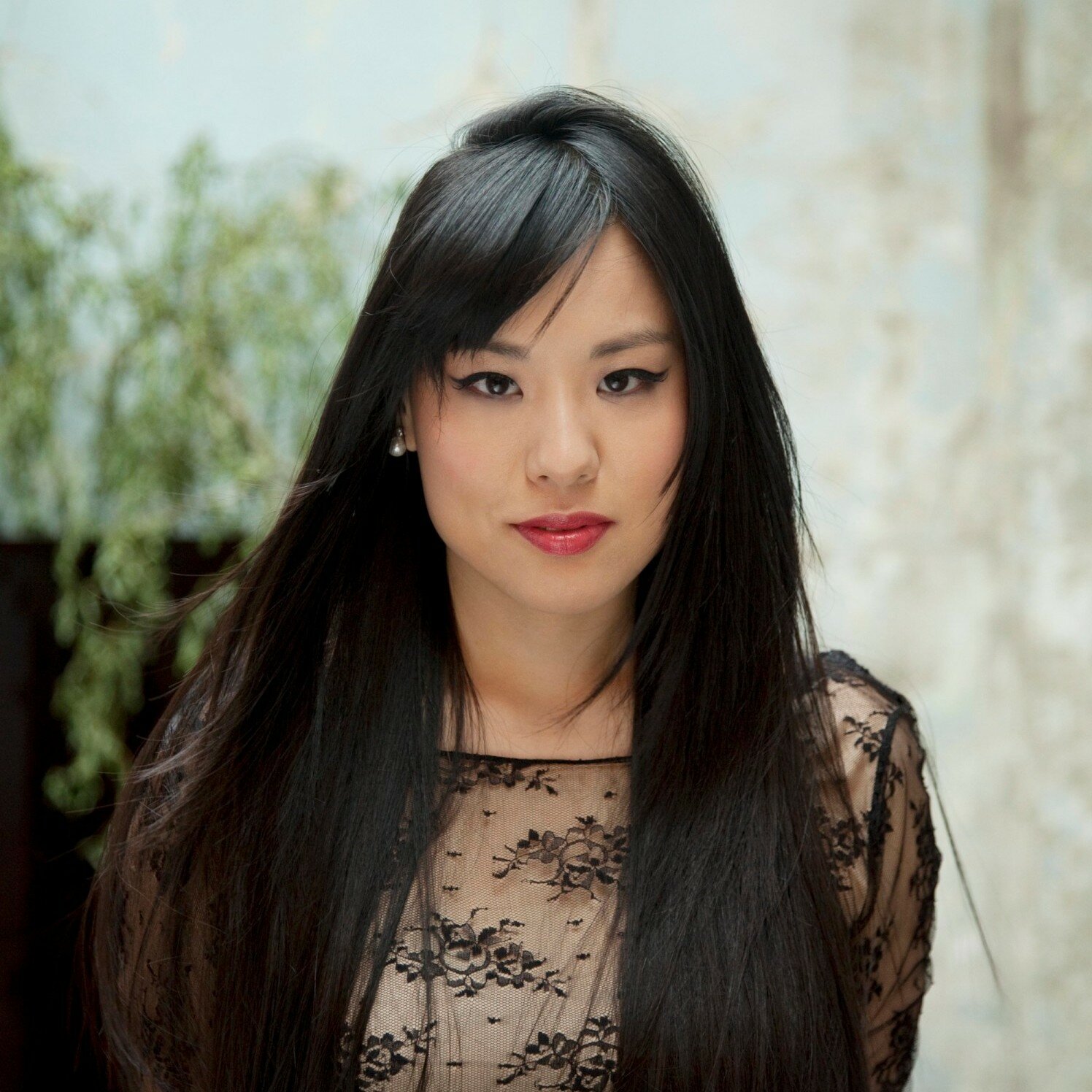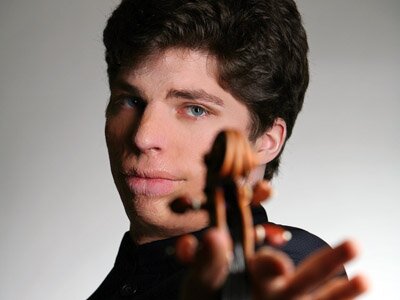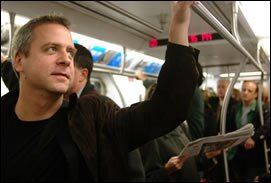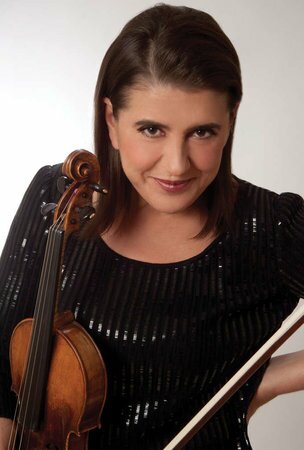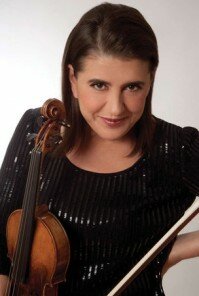Spring is in full bloom around Seattle, from the University of Washington’s famed cherry trees to the patches of tulips poking up in home gardens around town. With these seasonal transitions come musical changes as well; local ensembles and concert venues look towards warmer weather this month with music of growth, rebirth, and summer sunshine.
April 8 — Trio con Brio Copenhagen performs as part of the UW World Series. Comprised of two Korean sisters and a Danish pianist, the ensemble performs classics by Beethoven and Mendelssohn as well as a piece by Danish composer Per Nørgård.
April 11 – 19 — Pacific Northwest Ballet‘s production of A Midsummer Night’s Dream combines Mendelssohn’s beloved score with gorgeous choreography by 20th century master George Balanchine. PNB completes the magic with whimsical pastel-hued sets and costumes.
April 12 — A Russian composer of Jewish heritage, Maximilian Steinberg completed his 1927 choral masterpiece Passion Week just before Stalin’s ban on religious music went into effect. As a result, the piece was never performed. Choral ensemble Cappella Romana sheds light on this lost work with world premiere performances in Portland (April 11) and Seattle (April 12).
April 20 — Portland Cello Project rolls into town with the folk singers of the Alialujah Choir, a fellow Oregonian ensemble. The cellists and vocalists bring an eclectic mix of tunes to the stage at the Triple Door.
April 22 — Cellist Joshua Roman is back in town with a new program of musical gems for Town Hall audiences. The Town Music series artistic director is joined by Lithuanian pianist Andrius Zlabys for music by Stravinsky, Schnittke, and others.
April 24 & 26 — Seattle Symphony concertmaster Alexander Velinzon takes the stage for Brahms’ Violin Concerto in D Major. Afterwards, the spotlight shifts to the symphony in Bartók’s Concerto for Orchestra.
April 26 — Guest harpsichordist Alexander Weimann leads the Seattle Baroque Orchestra in “Delirio Amoroso”, a program that explores George Frideric Handel’s visit to Rome. Hear Italian music of the early 18th century alongside pieces the young Handel composed during his stay in the capitol.
April 29 — Intrepid violinist Hilary Hahn has covered vast musical territory in her career, from Baroque sonatas to contemporary composers. Her UW World Series solo recital features a medley of works by Mozart, Schubert, Schoenberg, Telemann, and others.
